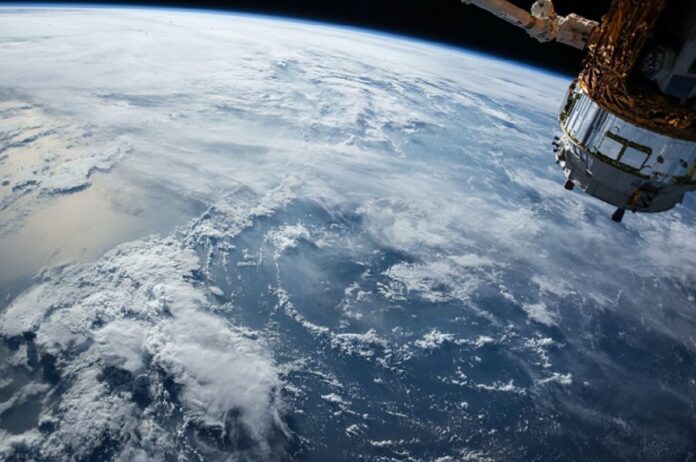NASA has announced that outputs of its OPERA Earth Observation project are now freely available.
Managed by NASA’s Jet Propulsion Laboratory, with partners from NASA’s Goddard Space Flight Center, the US Geological Survey (USGS), the University of Maryland, the University of Alaska Fairbanks, and Southern Methodist University, OPERA (Observational Products for End-Users from Remote Sensing Analysis) is a project that aims to transform access to environmental monitoring data using satellite technology.
Originally conceived in 2020 with the aim of addressing the satellite data requirements of US federal agencies and to provide timely access to data to inform water management through to wildfire monitoring, OPERA is now freely available, providing user-friendly access to an outstanding breadth of satellite data examining the Earth’s environmental and geological processes.
Utilising data from the European Space Agency’s (ESA) Sentinel-2 A/B satellites and Landsat 8, built by NASA and operated by USGS, the first round of OPERA products was made freely available in April 2023. The second wave of developments will include the augmentation of data from the cloud-penetrating radars on ESA’s Sentinel-1 A/B satellites and the Surface Water and Ocean Topography (SWOT) satellite, launched in partnership between NASA and the French space agency CNES (Centre National d’Études Spatiales). In its third iteration, OPERA will additionally draw on satellite radar data from the NASA-Indian Space Research Organisation Synthetic Aperture Radar (NISAR), planned for launch in 2024.
Further to its land observation capabilities, OPERA is aiming to deliver the most comprehensive data available for monitoring lakes, rivers, reservoirs, and streams.








